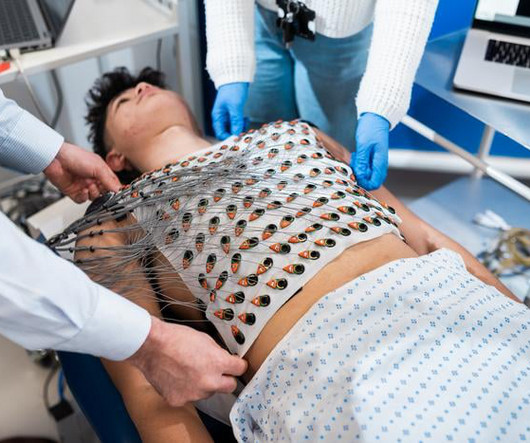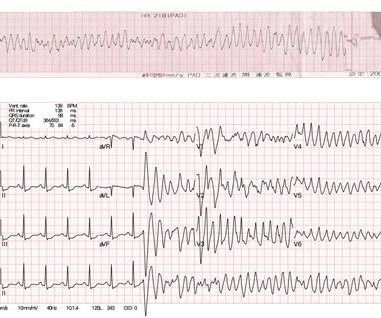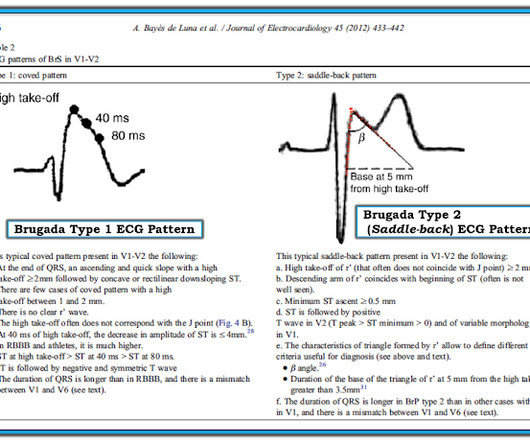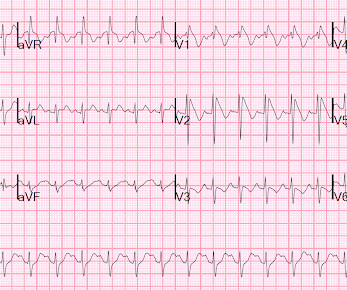Heart Vest Could Help Predict Sudden Cardiac Death Risk
DAIC
DECEMBER 19, 2023
Image courtesy of UCL Institute of Cardiovascular Science / James Tye milla1cf Tue, 12/19/2023 - 18:19 December 19, 2023 — A vest that can map the electrical activity of the heart in fine detail could potentially be used to better identify people at high risk of sudden cardiac death , suggests a new study led by UCL researchers.












Let's personalize your content